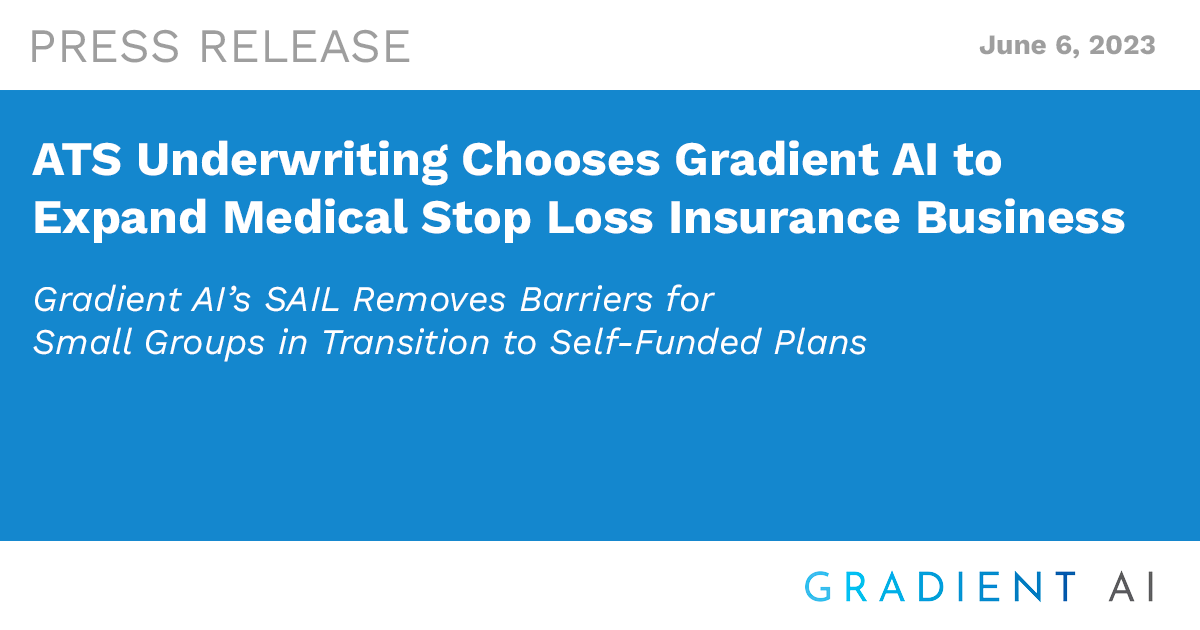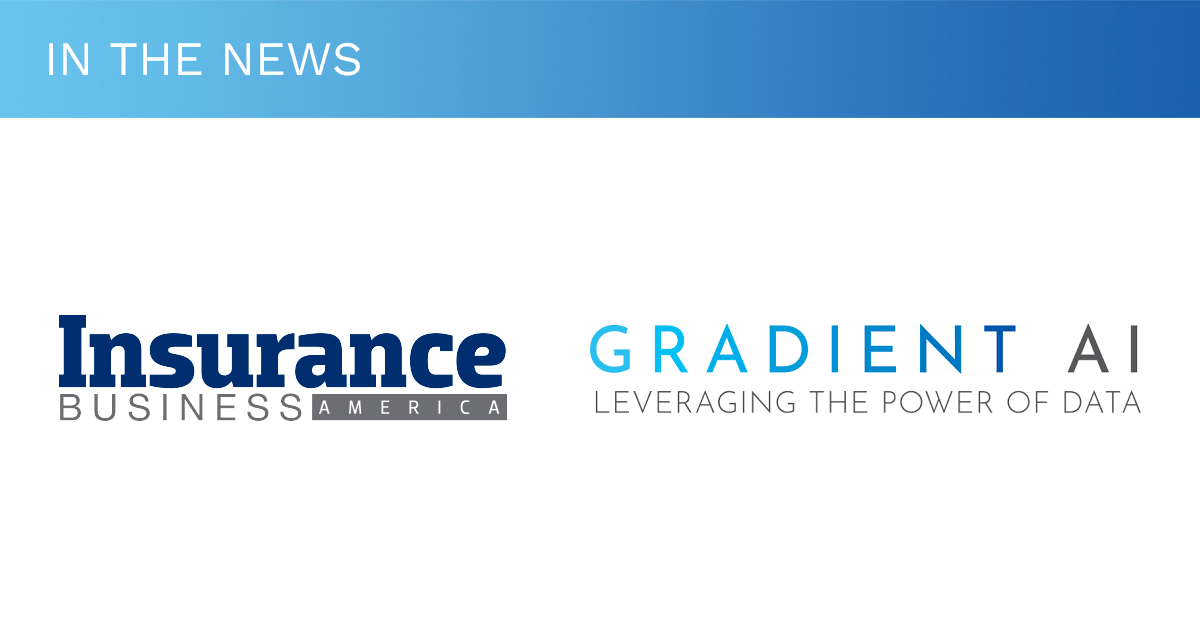
Gradient AI Underwriting Intelligence: Complete Buyer's Guide
Gradient AI Underwriting Intelligence is a specialized artificial intelligence platform designed primarily for insurance industry underwriting and risk assessment, positioning itself as a niche solution for property and casualty insurance workflows rather than traditional legal document analysis. The platform leverages proprietary machine learning models trained specifically on insurance data to automate underwriting processes and enhance risk assessment accuracy[6][11].
Market Position & Maturity
Market Standing
Gradient AI positions itself as a specialized niche player in the insurance AI market, focusing specifically on property and casualty insurance underwriting rather than competing in the broader legal AI space dominated by established players like Luminance, Kira Systems, and eBrevia[13][14][29][32].
Company Maturity
The vendor's market maturity appears to be in the emerging stage with limited publicly available information about company scale, funding status, or comprehensive customer adoption metrics.
Industry Recognition
Industry recognition and third-party validation remain limited based on available research, with most performance claims originating from vendor-provided case studies rather than independent analyst reports or industry awards.
Longevity Assessment
Long-term viability assessment requires careful due diligence given limited publicly available information about company stability, financial backing, and operational scale. Prospective customers should conduct thorough vendor stability evaluation through pilot projects and customer reference verification before making significant implementation commitments[2][6].
Proof of Capabilities
Customer Evidence
Customer evidence indicates potential operational improvements for organizations successfully implementing Gradient AI's solutions within appropriate insurance underwriting contexts. A mid-sized insurance firm reported achieving 30% reductions in underwriting decision time after implementation[2], while property and casualty insurers documented 25% improvements in loss ratios through enhanced risk segmentation capabilities[6].
Quantified Outcomes
These performance metrics derive from vendor-provided case studies, necessitating independent verification for accurate assessment.
Market Validation
Market validation remains limited compared to established legal AI vendors that demonstrate clear adoption metrics and customer retention rates.
AI Technology
Gradient AI's platform centers on machine learning models specifically trained on insurance data to automate risk assessment and policy analysis workflows. The system's core AI functionality focuses on identifying hidden risks in property and casualty policies through pattern recognition and predictive modeling capabilities[6].
Architecture
The platform's technical architecture leverages natural language processing for policy document analysis combined with predictive analytics for risk segmentation.
Primary Competitors
Primary competitors include established legal AI platforms like Luminance, Kira Systems, and eBrevia that offer broader document review and legal workflow integration capabilities[13][14][29][32].
Competitive Advantages
Competitive advantages center on deep insurance domain expertise and purpose-built machine learning models trained specifically on insurance data[6][11].
Market Positioning
Market positioning as a specialized niche player differentiates Gradient AI from broader legal AI platforms but may limit market addressability and growth potential.
Win/Loss Scenarios
Win/loss scenarios depend on specific use case requirements, with Gradient AI potentially winning in specialized insurance underwriting contexts while losing to more comprehensive legal AI platforms for broader document review and legal workflow needs[6][11][13][14][29][32].
Key Features

Pros & Cons
Use Cases
Featured In Articles
Comprehensive analysis of AI Insurance Policy Analysis for Legal/Law Firm AI Tools for Legal/Law Firm AI Tools professionals. Expert evaluation of features, pricing, and implementation.
How We Researched This Guide
About This Guide: This comprehensive analysis is based on extensive competitive intelligence and real-world implementation data from leading AI vendors. StayModern updates this guide quarterly to reflect market developments and vendor performance changes.
37+ verified sources per analysis including official documentation, customer reviews, analyst reports, and industry publications.
- • Vendor documentation & whitepapers
- • Customer testimonials & case studies
- • Third-party analyst assessments
- • Industry benchmarking reports
Standardized assessment framework across 8 key dimensions for objective comparison.
- • Technology capabilities & architecture
- • Market position & customer evidence
- • Implementation experience & support
- • Pricing value & competitive position
Research is refreshed every 90 days to capture market changes and new vendor capabilities.
- • New product releases & features
- • Market positioning changes
- • Customer feedback integration
- • Competitive landscape shifts
Every claim is source-linked with direct citations to original materials for verification.
- • Clickable citation links
- • Original source attribution
- • Date stamps for currency
- • Quality score validation
Analysis follows systematic research protocols with consistent evaluation frameworks.
- • Standardized assessment criteria
- • Multi-source verification process
- • Consistent evaluation methodology
- • Quality assurance protocols
Buyer-focused analysis with transparent methodology and factual accuracy commitment.
- • Objective comparative analysis
- • Transparent research methodology
- • Factual accuracy commitment
- • Continuous quality improvement
Quality Commitment: If you find any inaccuracies in our analysis on this page, please contact us at research@staymodern.ai. We're committed to maintaining the highest standards of research integrity and will investigate and correct any issues promptly.